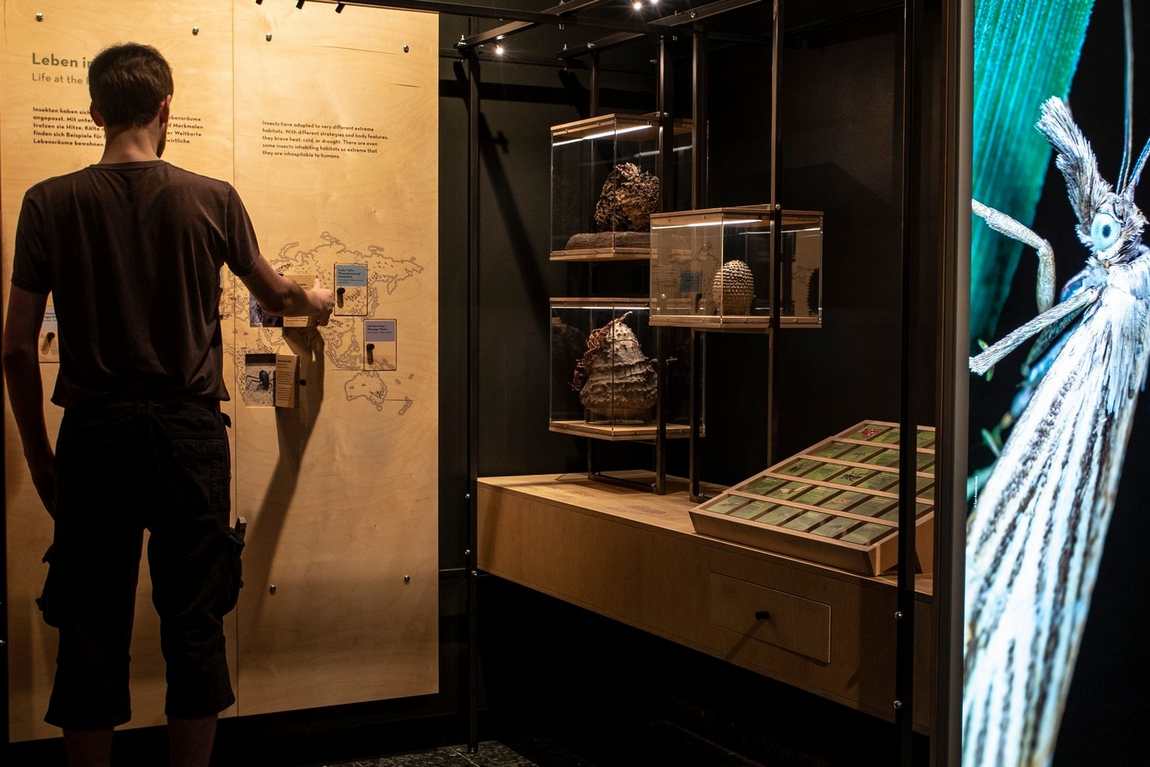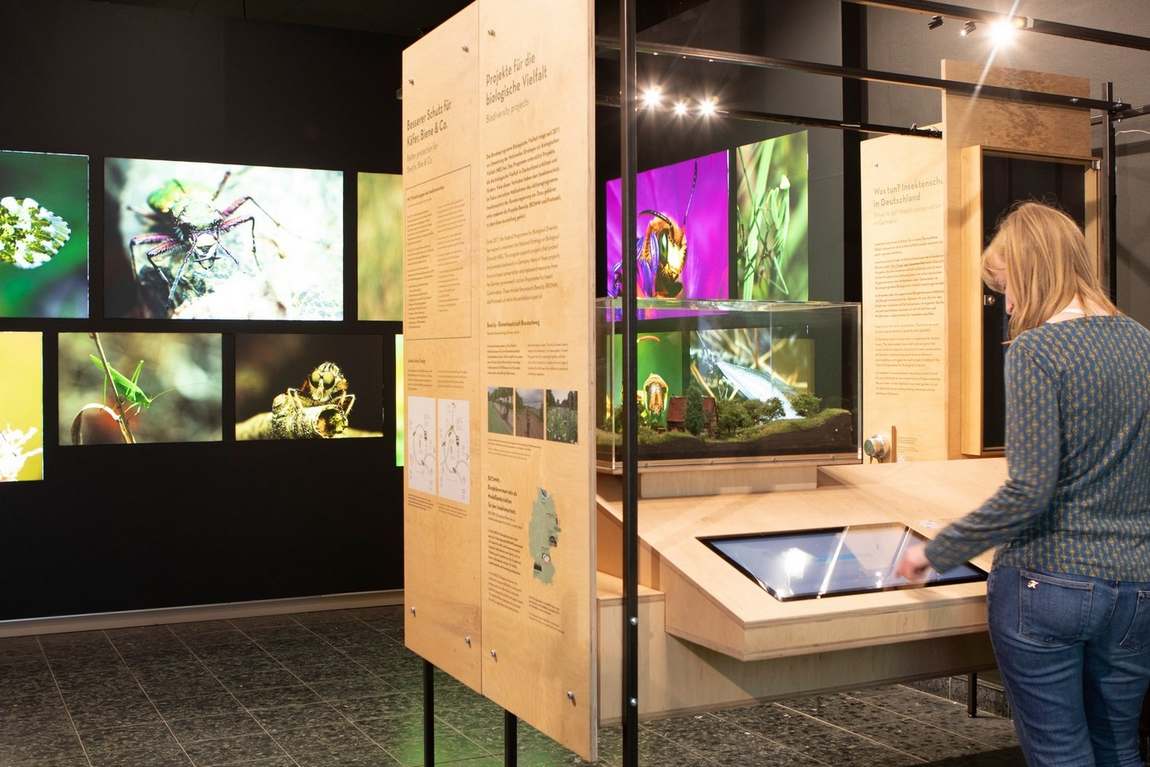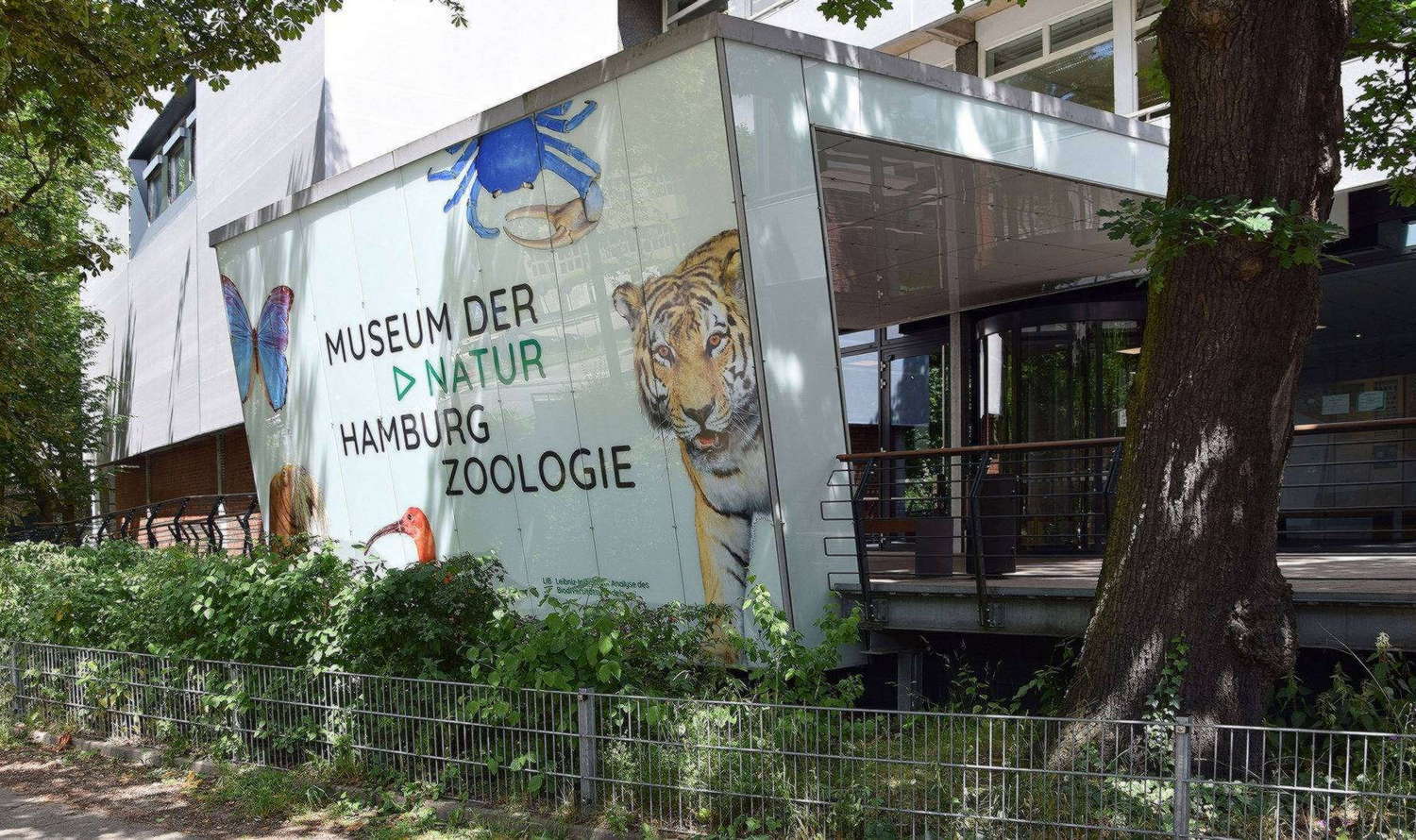The Zoological Museum in the German city of Hamburg is one of the largest of its kind, covering an area of 2,000 square metres. It has around 10 million exhibits, some of which are very, very old. The Hamburg Natural History Museum — founded in 1843 and destroyed in the Second World War — was the starting point for the Hamburg Science Centre. From this collection the new Zoological Museum was built, which you can now visit free of charge with your child!

The museum's affiliation with the University of Hamburg determines its main themes. Exhibits include insects, stuffed animals from all over the world and dinosaur skeletons. You and your child can also see animals and birds in their natural habitat, learn about endangered species and read interesting information in the form of texts and diagrams. They tell visitors about breeding, feeding and other aspects of animal and bird life.
The exhibits of the Zoological Museum are:
- Stuffed whales and whale skeletons (unique to this institution in Germany);
- Stuffed birds from Central Europe;
- Stuffed Central European mammals (wolf, bison, elk, etc.);
- Stuffed hoofed animals from many countries of the world (okapi, rhinoceros, etc.);
- Insects.
Also...
An extensive collection of lower invertebrates, mostly preserved in alcohol. Some of the specimens in the collection are very old — dating back to the Second World War. This collection is considered to be one of the largest in Germany. The Zoological Museum in Hamburg also has a collection of bristle worms and crustaceans. There are so many of them that scientists from all over the world come to the museum to obtain valuable information for scientific research.

On the ground floor of the building are the exhibits intended for museum visitors. There are many interesting compositions with stuffed animals showing scenes of predators hunting their prey, animals communicating in packs, etc. With the Zoological Museum's rich collection, you can show your child the diversity of life on earth.
For the convenience of visitors, there are information boards near each exhibit that list the main characteristics of an animal, insect or bird, its habitat and other useful information.











